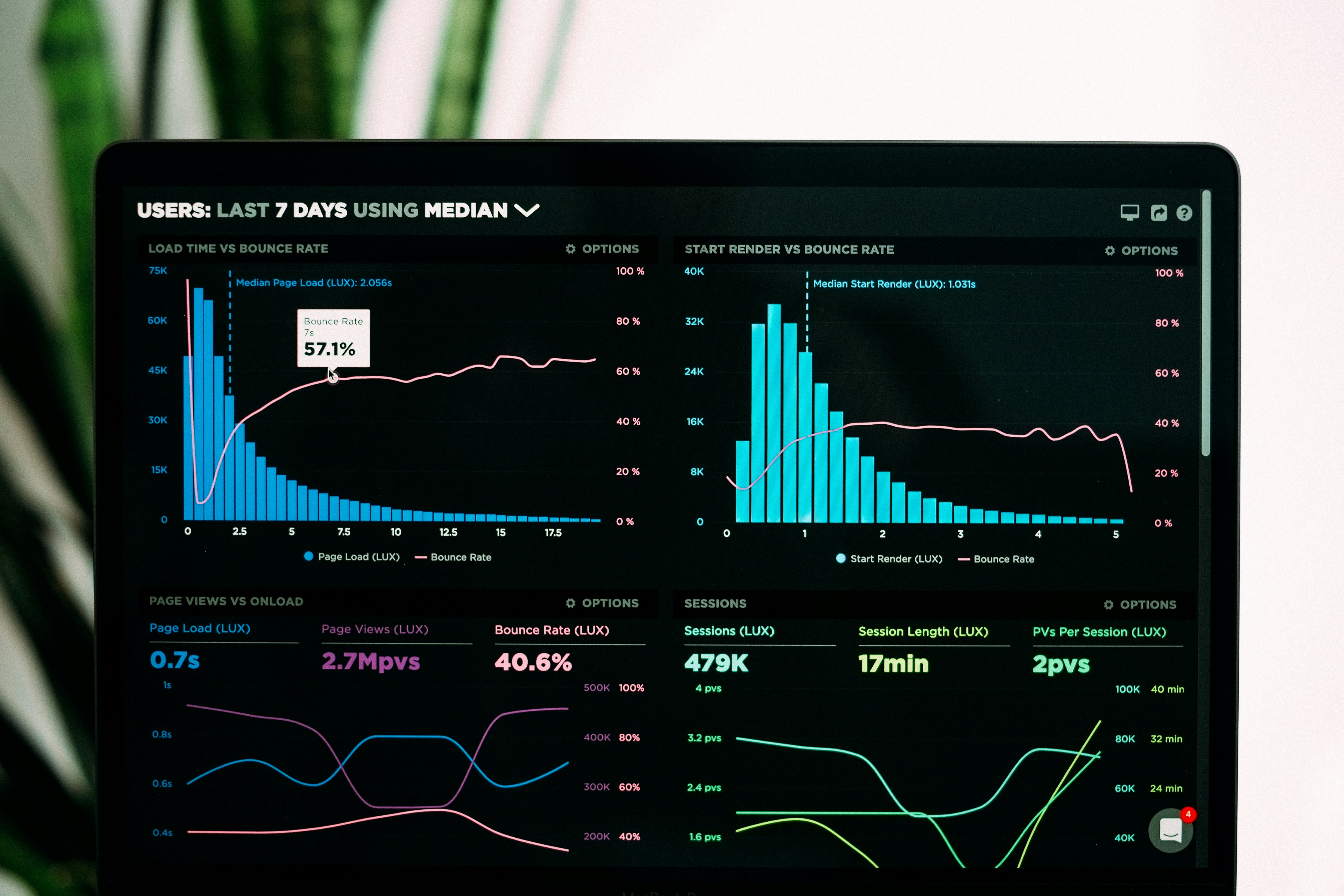Data variability Defined: An Investigation Into Its Meaning
Data variability Defined: An Investigation Into Its Meaning


- The range is defined as the distance that exists between the smallest component and the greatest component of the set.
- Interquartile range: The interquartile range is a measure of how equally dispersed scores are. It enables users to determine where they lie within a range of scores by indicating where they fall relative to other users and sample variance.
- The consumers are provided with a broad sense of how distributed the data is based on the variance of the data set and standard deviation formula. Users may get insight into how tightly their data are grouped around the mean by examining their standard deviation, which gives this information.
- The quantity of inconsistencies within a set of data values is what is meant by the term "variability" when discussing big data.
What exactly is meant by the term "variability" in statistics?
The degree to which a collection of data is scattered is referred to as its "variability," which is synonymous with the terms "spread" and "dispersion." You may use statistics and sample variance formula to compare your data to other sets of data by using the word "variability" to show how much the data sets vary from one another. This will allow you to see how similar or different your data is to other sets of data and to normal distribution.Range
The term "range" refers to the variation in size that exists between the smallest and biggest pieces in a set. You may get the range or population data of a set of numbers by taking the lowest number and subtracting it from the highest number. For the sake of this example, let's pretend that you earned $250 one week, $30 the next, and $800 the third week of the month. The range of your income might be anything from $30 to $800 square root, depending on how much it changes.Range between quartiles: data set
The sole difference between the range and the interquartile range is that with the range, you indicate the amount for the full data set, but with the interquartile range, you supply the amount for the "middle fifty." Because it shows where the bulk of your data are located, it is sometimes more beneficial than the range just because of this. The formula for calculating IQR is as follows: IQR = Q3 - Q1, where Q1 refers to the first quartile and Q3 refers to the third quartile. In practice, what you are doing is taking one of the highest numbers and deducting one of the lowest ones (which corresponds to the 25th percentile) (at the 75th percentile). The box that can be seen in the boxplot that follows is a representation of the interquartile range. The whiskers indicate the first quarter of the data as well as the last quarter of the information (the lines extending from each side of the box).Variance: data variability defined
When you look at the variance of a data collection, you may be able to gain a basic idea of how distributed your data is. If the variance value is low, it suggests that the values in your data collection are clustered together, whereas if the variance value is large, it suggests that the values are spread out across a broad range. The only way to determine the standard deviation is to use the variance, which has very little practical use.Deviation from the Mean: data points
By using the standard deviation, you will be able to evaluate the degree to which your data are concentrated around the mean (the average). If your standard deviation (SD) is lower, it indicates that your data is more tightly concentrated, and as a result, your bell curve will be steeper. On the other hand, a higher SD indicates that your data is more spread out.How to Determine the Standard Deviation, Range, Interquartile Range, and Variance for Variability
The distance between data points within a distribution as well as their distance from the center of the distribution is what is meant when we talk about "variability." In addition to providing you with measures of central tendency, measurements of variability also provide you with descriptive statistics that describe your data. There are other synonyms for variation, including spread, scatter, and dispersion. The following criteria are often used to evaluate it: the difference in values that exists between the highest and lowest A distribution's range is defined as the interval between its middle halfquartile and its interquartile. The average distance from the mean is measured using something called the standard deviation. the total number of squared departures from the mean of the group Variance.Why is data variability important?
The variability gives you a quantitative measure of the degree to which your points are scattered, while the central tendency, also known as the average, tells you where the majority of your points are located. This is crucial because it impacts how accurately findings from the sample can be extrapolated to the population. A low variability is desirable because it enables a more accurate prediction of information about the population based on the results of a sample. When there is a significant degree of variability, it is more difficult to make accurate predictions since the values are less stable.
